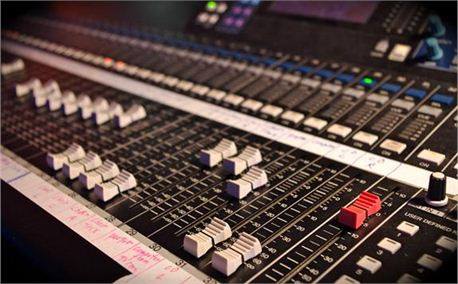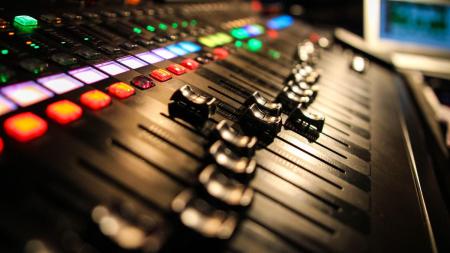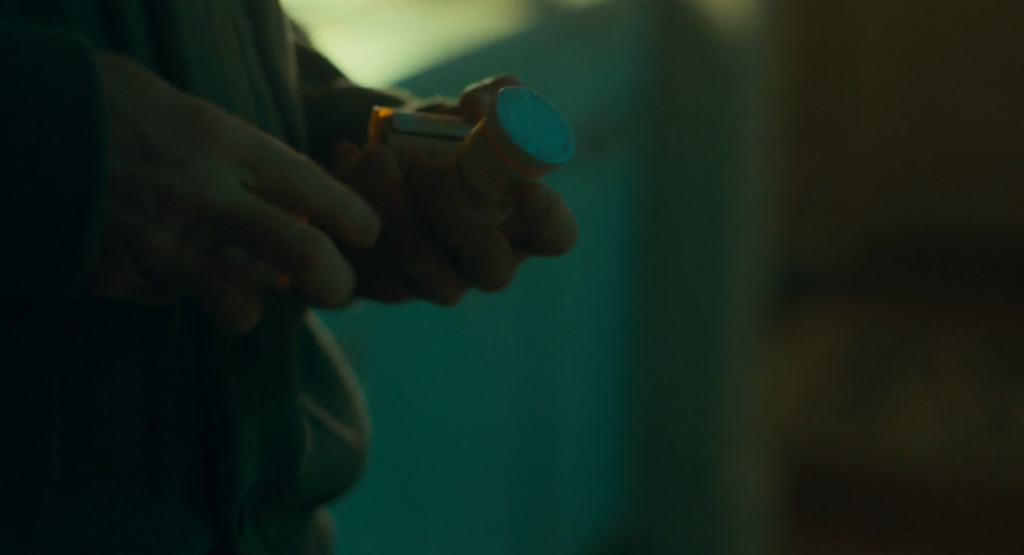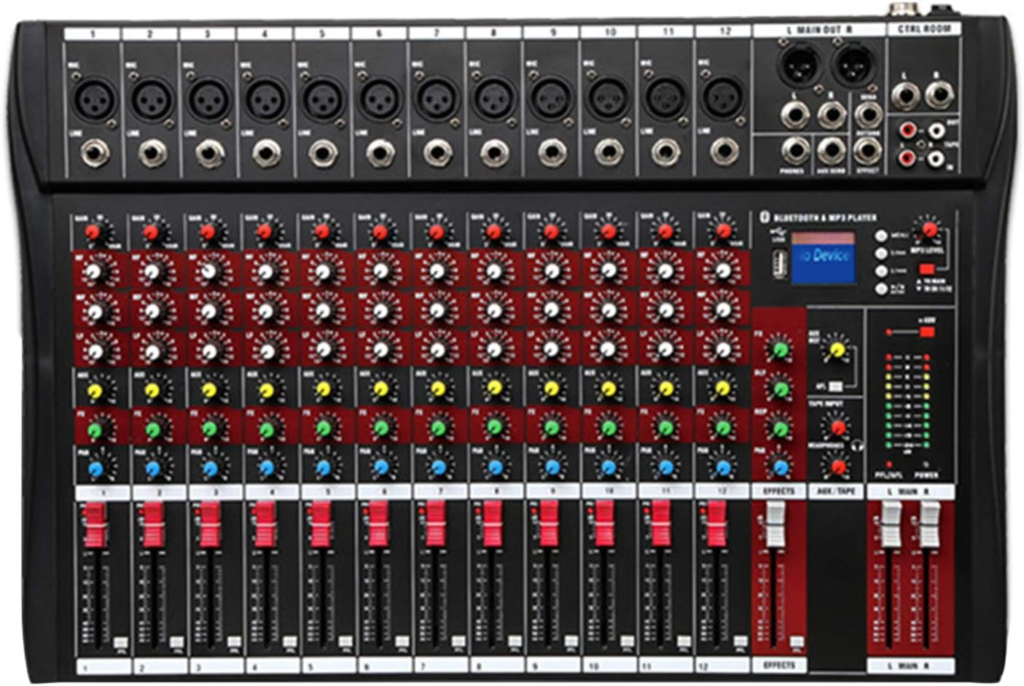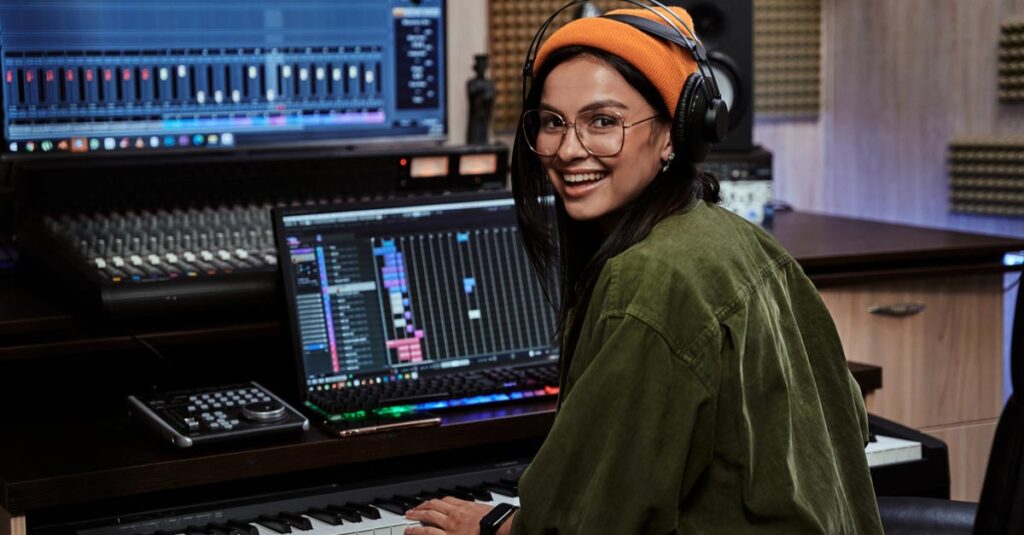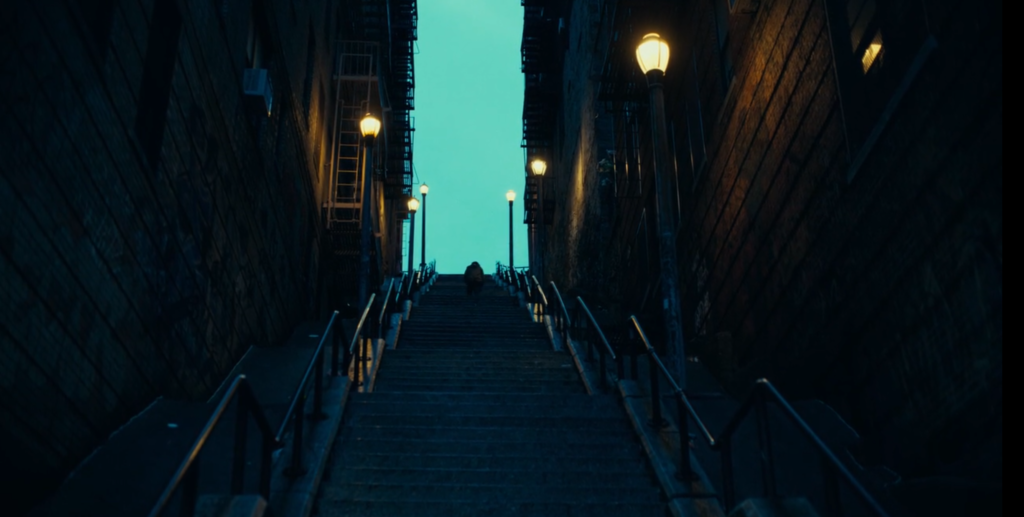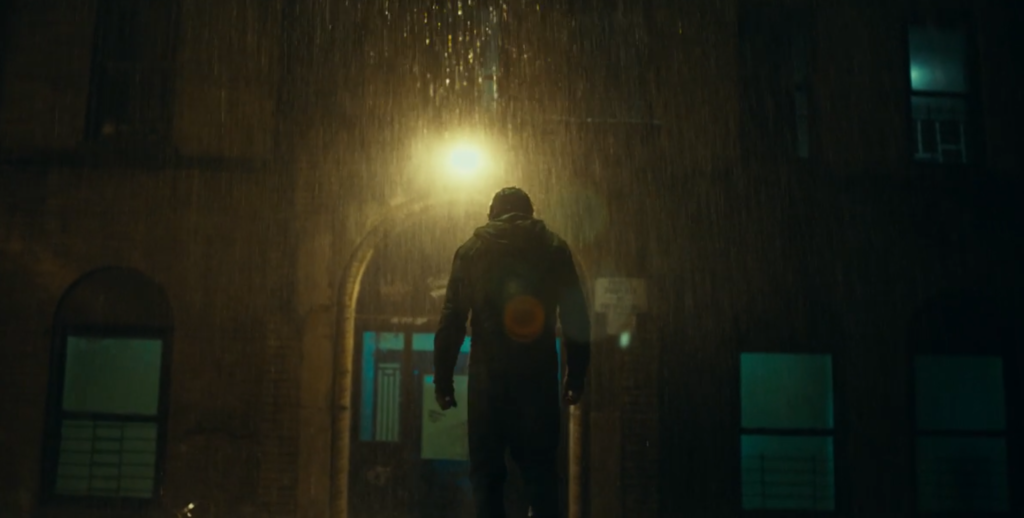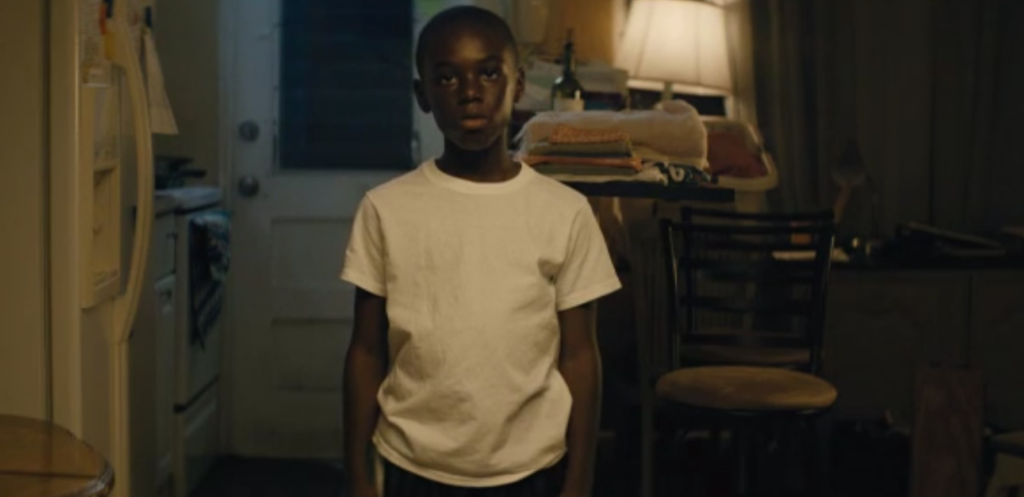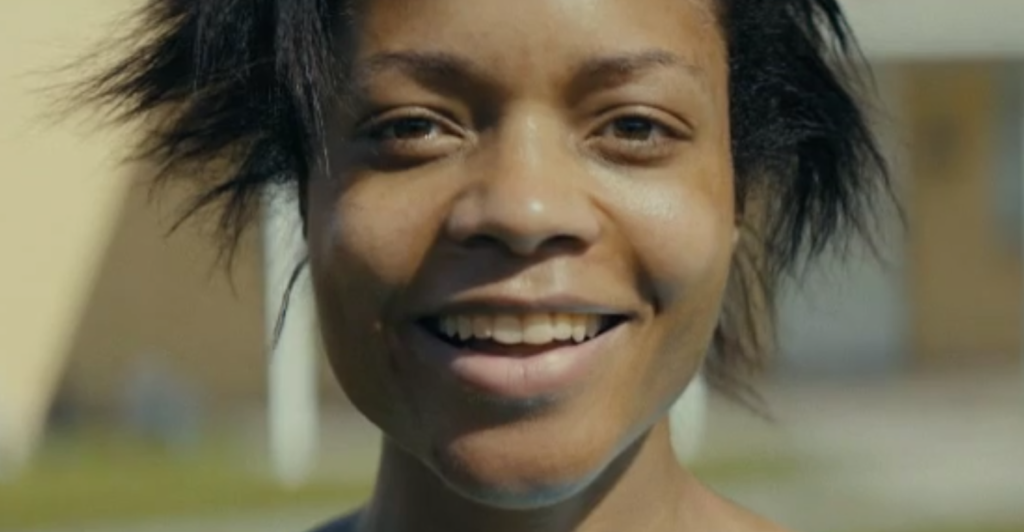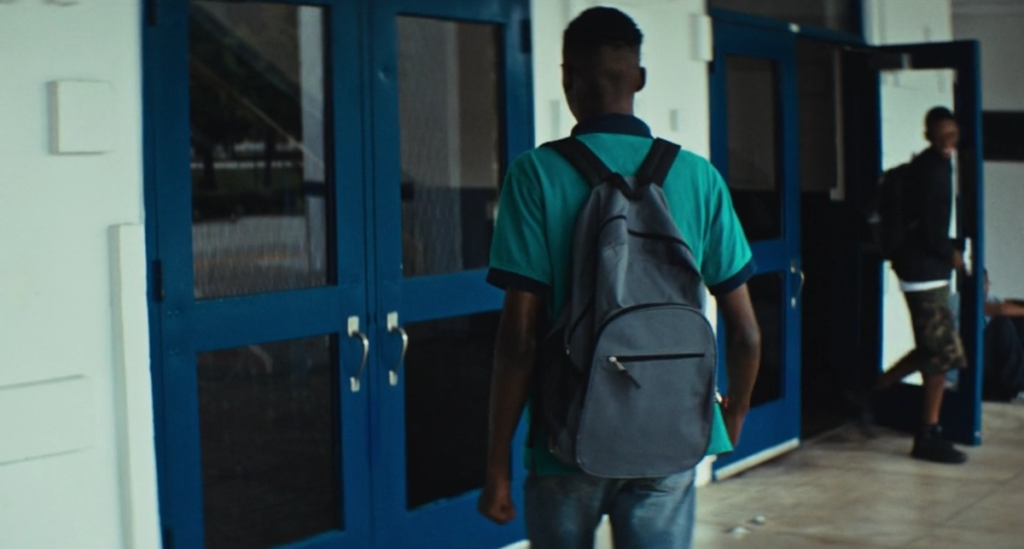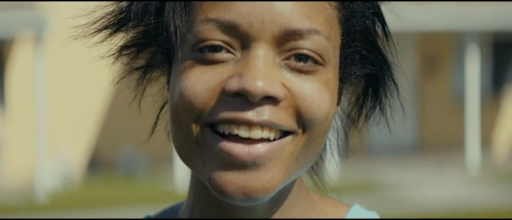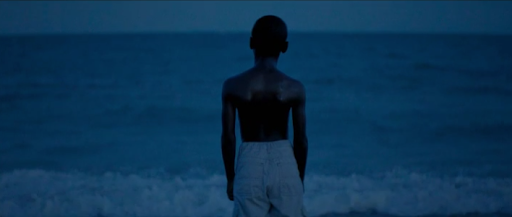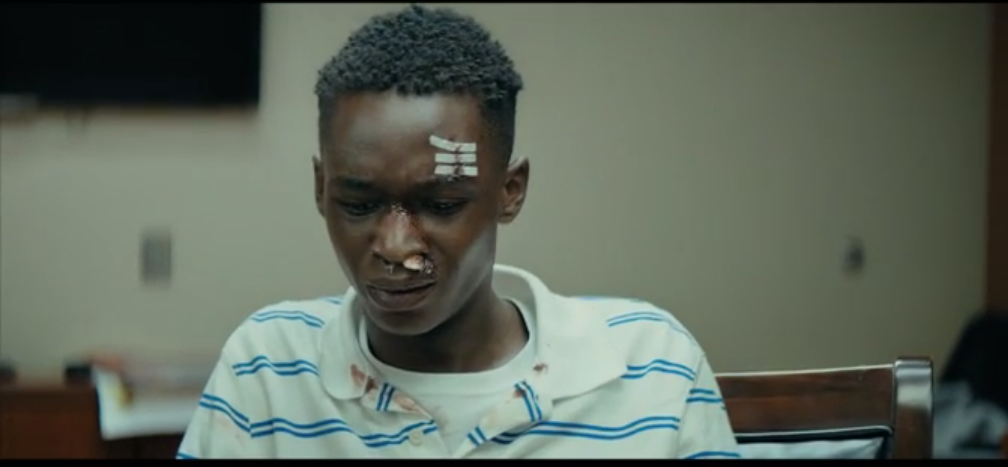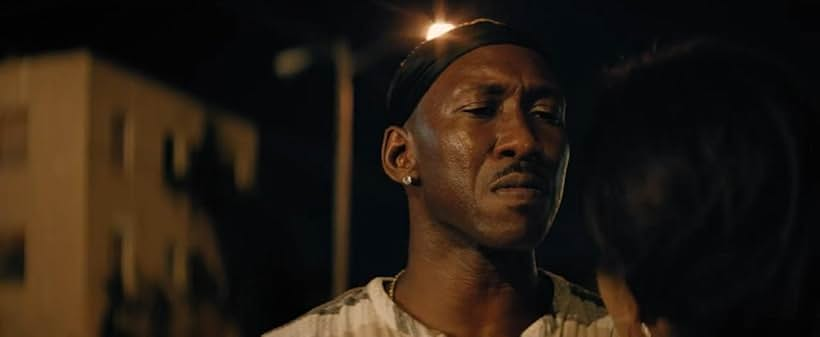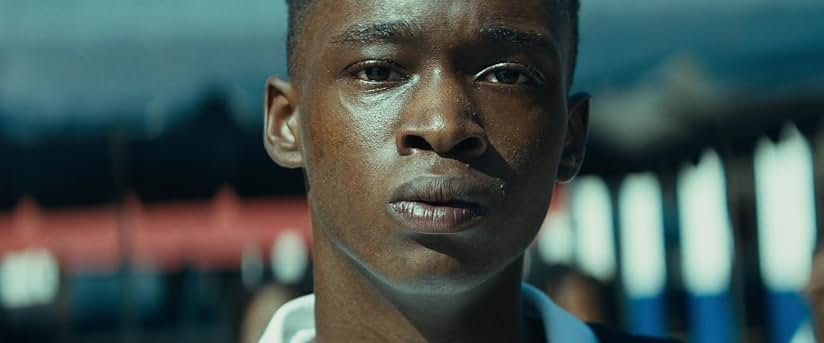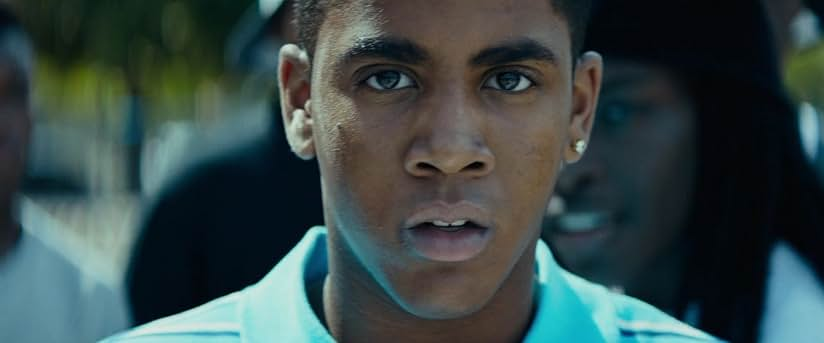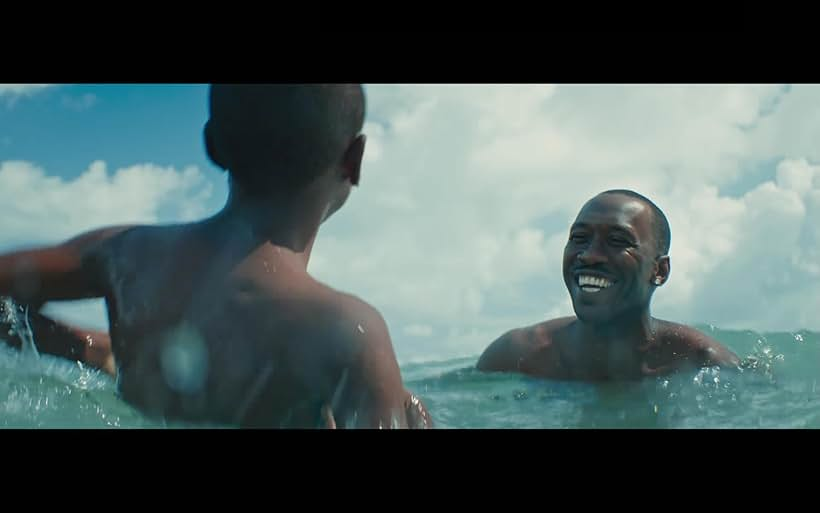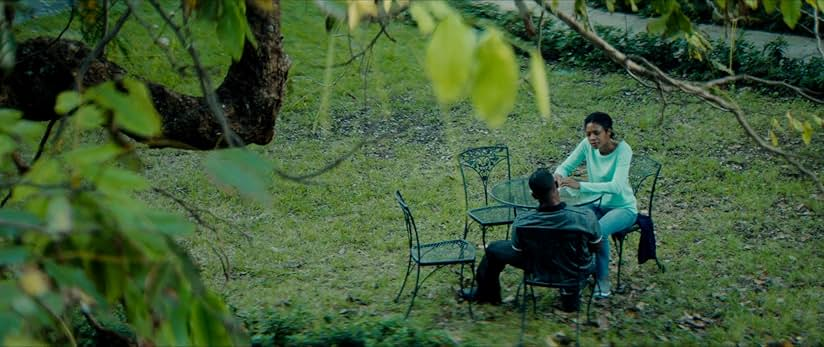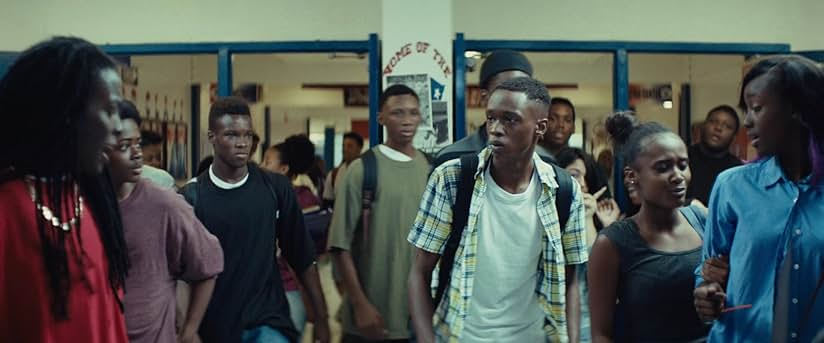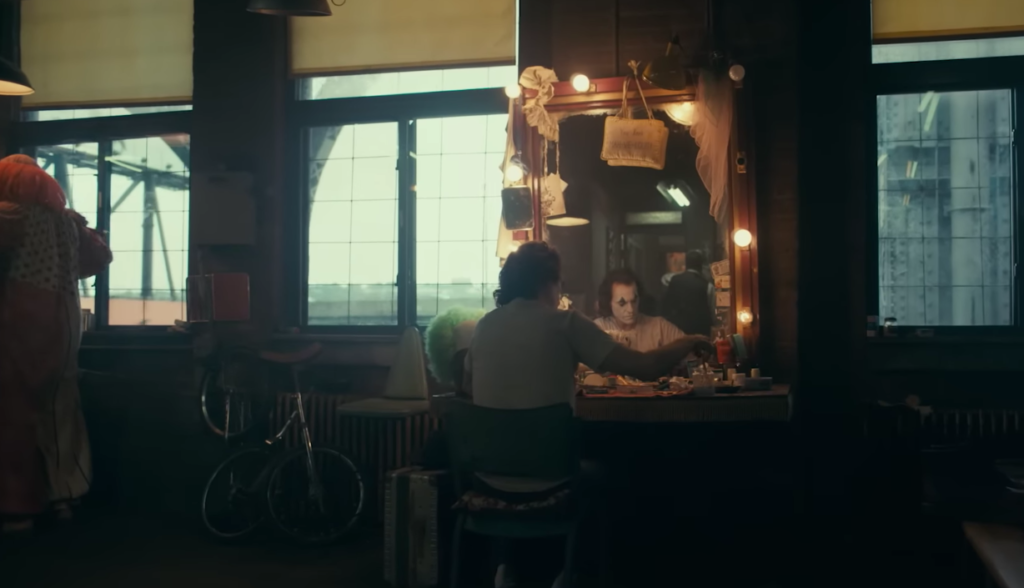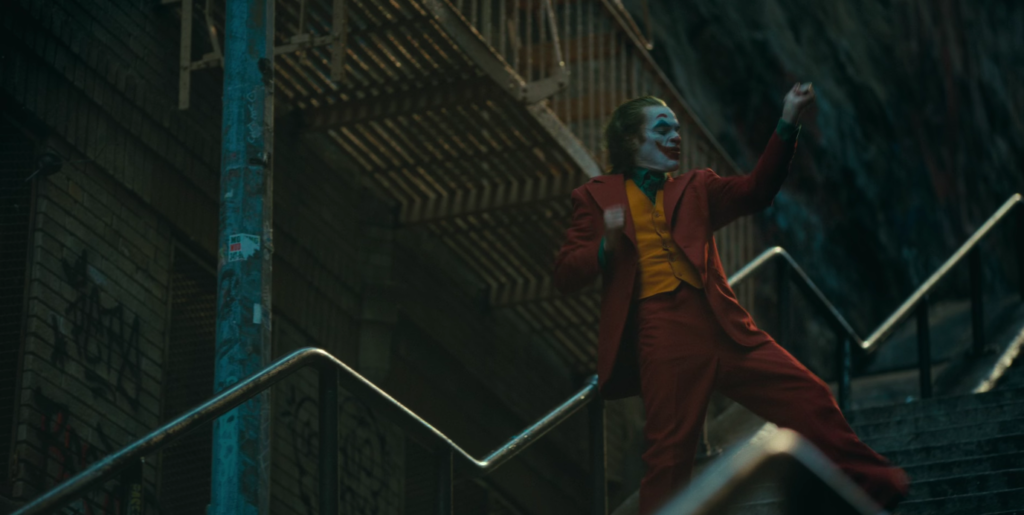Diegetic Sound in the Joker
When Arthur is at the Murray show we can hear applause. Arthur and Murray, along with everyone else, can hear this applause as it is in response to something someone has said. This is diegetic as the characters as well as the home viewers can hear it
NON-DIEGETIC SOUND IN FILM
When Arthur was dancing on the stairs while wearing his joker makeup.
WHAT IS A SOUND AFFECT?
Sound effects are artificially created or enhanced sounds that are used in artistic works to emphasize or express an action, mood, or feeling.
FOLEY ARTISTS
Foley artists re-record sounds for film in soundproof rooms. Once they re-create the sounds, they then layer it over the scene.
LEITMOTIF
A leitmotif is a recurring musical phrase associated with a theme, subject, character, or setting.
- AMERICAN BEAUTY
- APOCALYPSE NOW.
- THE DARK NIGHT
- LORD OF THE RINGS
SOUNDBRIDGES
L-Cuts and J-Cuts are both sound bridges, J-cuts carry music from a previous scene into a new one and L-cuts carry music in
VOICE OVER/ NARRATION
Voice over and narration often give the audience extra contextual information about characters. Sometimes we have unreliable narrators who deceive the audience and change the audience perspectives of certain characters.
SCORE/UNDERSCORE
The score is music specifically written, and recorded for one film. The underscore is the music that plays under dialogue and carries the mood for certain scenes.
SYNCHRONOUS / AYNCHRONOUS SOUND
•Synchronous sound is sound that is matched with the action and movements being viewed.
•Asynchronous sound is not matched with a visible source of the sound on screen.
NEEDLE-DROP
Needle-drop is popular music used in film which either enhances the mood or creates an ironic atmosphere to add further to the film.
SOUND PERSPECTIVE
•Sound perspective refers to the apparent distance of a sound source, evidenced by its volume, timbre, and pitch.
Steven Spielberg Munich
in Steven Spielberg’s Munich he uses ambient sound and plays with shot distance in context to sound.
FAVOURITE FILM SOUNDTRACK
My favourite film soundtrack is the use of the song “The End” in the film Apocalypse Now, I like how symbolic it was when used with the first scene when bombs are being dropped in the jungle. And the usage of it when Willard meets Kurtz is very interesting, because as the song reaches its climax we see Willard kill Kurtz and as this happens the scene cuts to the Cambodian tribe sacrificing the water buffalo. The killing of the buffalo represents the brutality of war and the usage of “The End” is smart because it was a popular song during the Vietnam war among soldiers. composer is Jim Morrison/the doors. Song is considered acid rock/hard rock.
